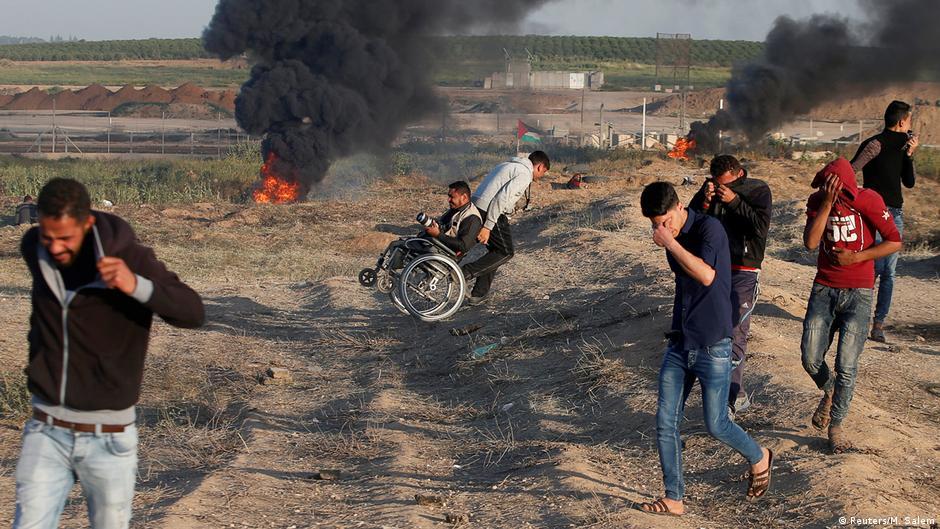The plastics of the Gaza Strip: a condemnation and a blessing
The tiny coastal enclave of Gaza, some 365 square kilometres, is one of the most densely populated places in the world. Ruled by the extremist group Hamas and beleaguered by the Israeli-led blockade, Gazans are left with nothing. The focus here is not on whether or not plastic straws should be banned, but on how to survive with them.
According to the United Nations, Gaza will be "uninhabitable" by 2020, in part because 97 percent of the main water source is undrinkable. Power cuts and the ravages of wars translate into a lack of maintenance of the sewer system, so dirty water ends up in the sea. As a consequence, dangerous sewage is everywhere, from landfills, where plastics can live forever, to the sea, where fishermen work only within a few kilometers due to Israeli restrictions.
Despite their plight, Gaza's plastic recyclers are leading the charge to prevent economic, humanitarian and environmental collapse. In recent years, a new culture and economy has emerged around recycled plastics: from collection and cleaning to sorting and reuse, these people have created some badly needed business opportunities.

“People reuse everything because they have nothing. The [Israeli] siege and border closure is increasing recycling in Gaza," says Ahmed Hilles, director of Gaza's National Institute for Environment and Development.
Years of bombing and neglect have also created cracks in landfills that leak toxic substances from plastic into groundwater. Blocked by neighboring Israel and Egypt since 2007, Gaza's plastics, like its inhabitants, are running out of escape routes.


